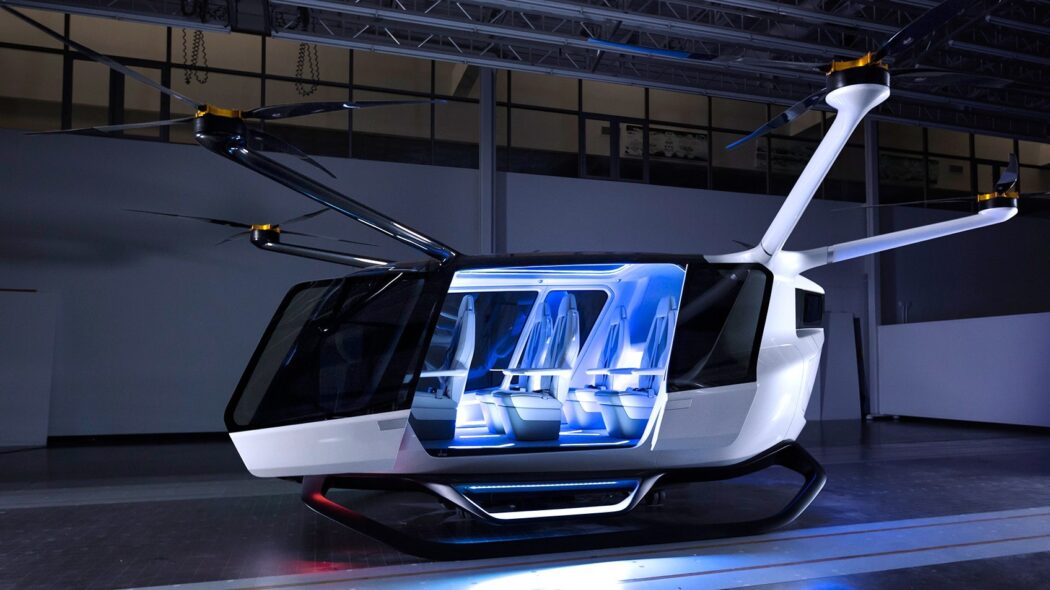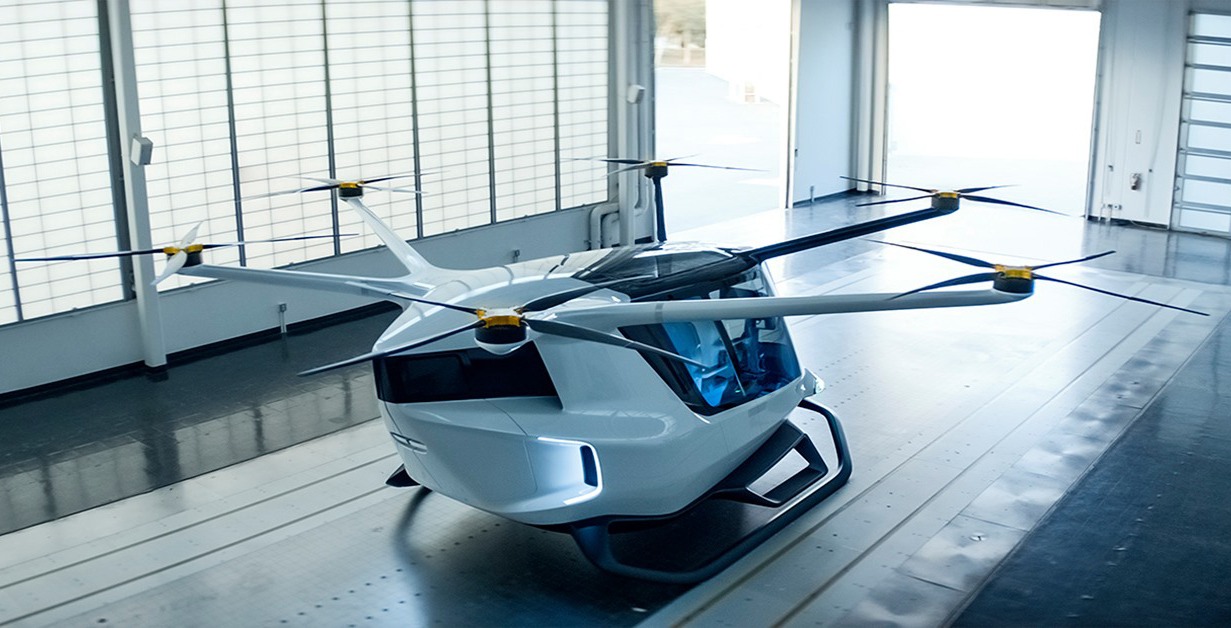Hydrogen propulsion in aviation is advancing more rapidly than anticipated. Known as H2eVTOLs, these hydrogen-powered Vertical Takeoff and Landing aircraft have significant potential in a world increasingly focused on climate and cost consciousness. While most attention has been on battery-powered eVTOLs, H2eVTOLs use hydrogen fuel cells to power electric motors, and in some cases, they run on liquid hydrogen.
“Hydrogen offers three times the energy per kilogram as jet fuel, emits no carbon emissions, and can be sourced from water,” says Danielle McLean, founder of HYSKY Society, a nonprofit promoting hydrogen aviation. McLean notes that hydrogen has long been used to power rockets.
However, in business aviation and Urban Air Mobility, hydrogen is still in its early stages. Fewer than a dozen startups are developing hydrogen-powered fixed-wing aircraft or rotorcraft, with most still working on concepts or flying scaled-down prototypes.
Currently, there is little hydrogen infrastructure at airports, and safety concerns persist due to hydrogen’s flammability. Yet, industry experts like Germany’s Federal Institute for Materials Research and Testing report that hydrogen aircraft are “no more dangerous than conventional ones—safer in some respects.” Whether this perception will catch on remains uncertain.
Critics argue that hydrogen extraction, transportation, and storage are prohibitively expensive. Nevertheless, proponents, including Airbus, the world’s largest aircraft manufacturer, remain committed to hydrogen’s long-term benefits. Airbus plans to have hydrogen-powered commercial regional jets in the air within the next decade. Regardless of how hydrogen flight evolves, it clearly has the potential to play a crucial role in decarbonizing aviation.
Here are six leading H2eVTOLs aiming to commercialize by the decade’s end:
AMSL Aero Vertiia AMSL Aero claims its Vertiia will be the first long-range H2eVTOL to market, possibly by 2027. “Powered by green hydrogen, the Vertiia is quieter and up to 70 percent less expensive than a helicopter or small fixed-wing aircraft,” the company told Robb Report. Designed for Australia’s extreme conditions, the five-person Vertiia features a V-tail for higher speeds and safety. It can take off and land in a space as small as a tennis court, with a top speed of about 190 mph, a range of approximately 621 miles, and a payload of 1,100 pounds.
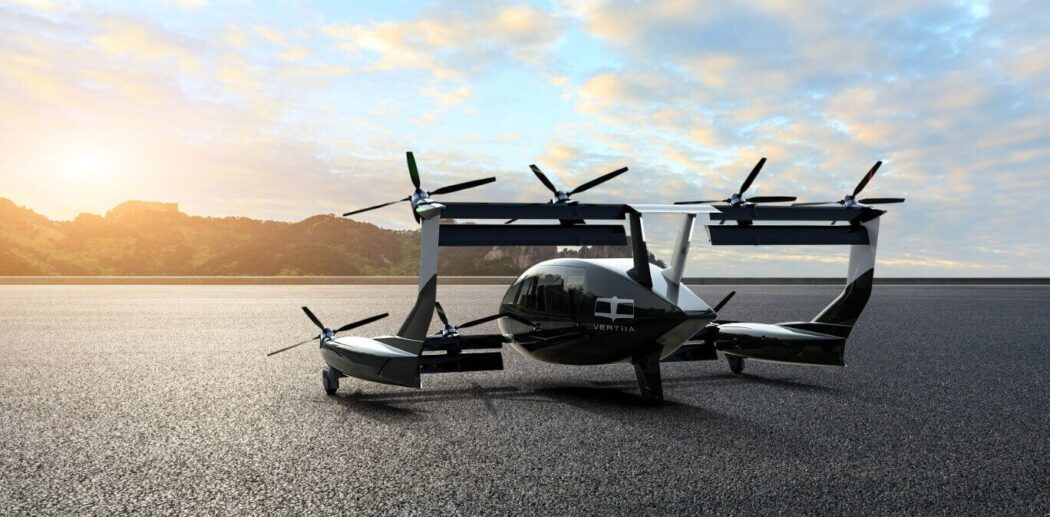
Sirius Business Jet Switzerland’s Sirius Business Jet is designed for regional transport, boasting a range of 1,150 miles, nearly double that of the Vertiia. The Sirius Jet features vertical takeoff capability and rotors that transition for forward flight. It can cruise at 323 mph at altitudes up to 30,000 feet, carrying three passengers and a pilot. Noise pollution is expected to be below 60 decibels, comparable to a dishwasher. The Sirius Jet will use liquid hydrogen stored in cryogenic tanks. BMW Designworks handled both the interior and exterior design.
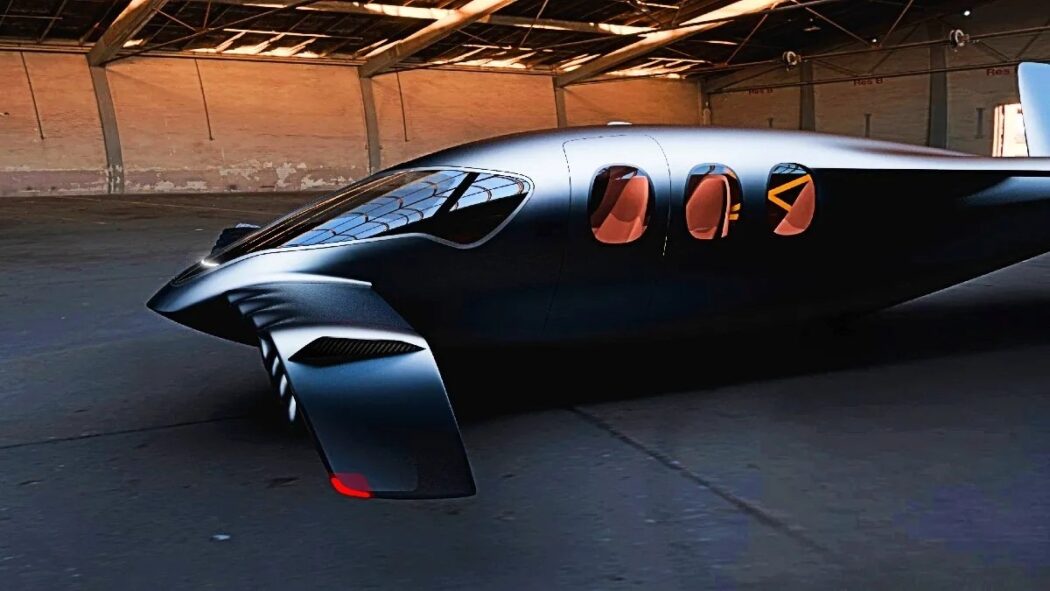
NEX Aero Still in development, the German NEX Aero aims for a range of over 300 miles with zero emissions, emitting only water vapor. It promises lower maintenance and operational costs compared to conventional aircraft, with a payload capacity of 441 pounds. After flying a scaled prototype in 2022, the company is now testing its first-generation fuel-cell system. Although NEX has not set a firm timeline for full-scale flight tests, it anticipates entering service by 2031, targeting cities like Berlin, New York, Singapore, Dubai, and NEOM in Saudi Arabia.
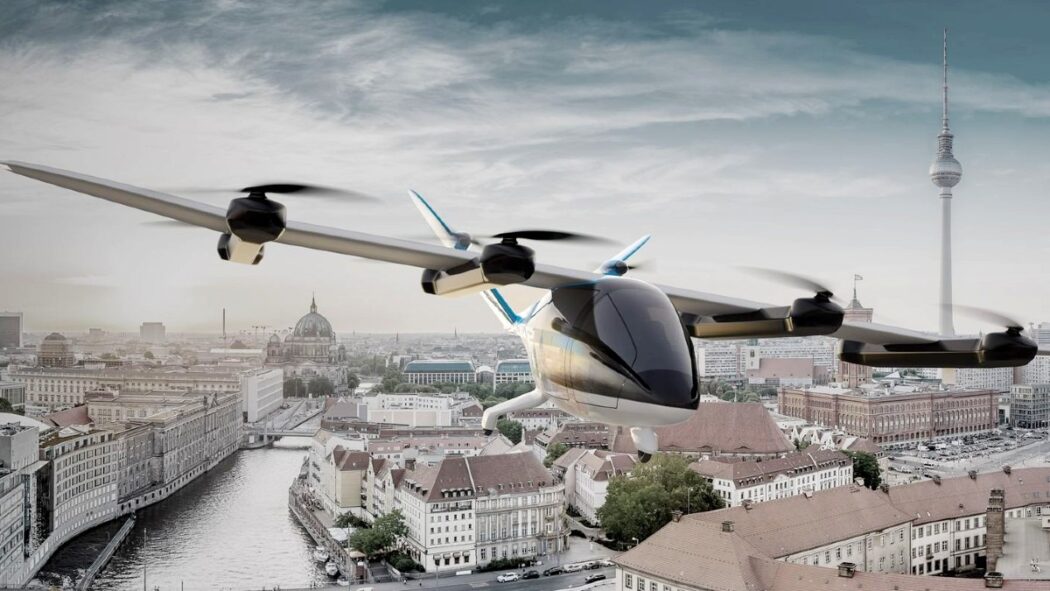
LuftCar The LuftCar is a multi-purpose modular Autonomous Air and Road Mobility (AARM) eVTOL, designed for both air and road use. It features a hydrogen fuel cell and a detachable wing assembly. The LuftCar can fly at speeds up to 220 mph with a range of 300 miles, and, once grounded, travel 150 miles. Based in Orlando, the company previously aimed to release a full-scale production model this year, though the current status is unclear.
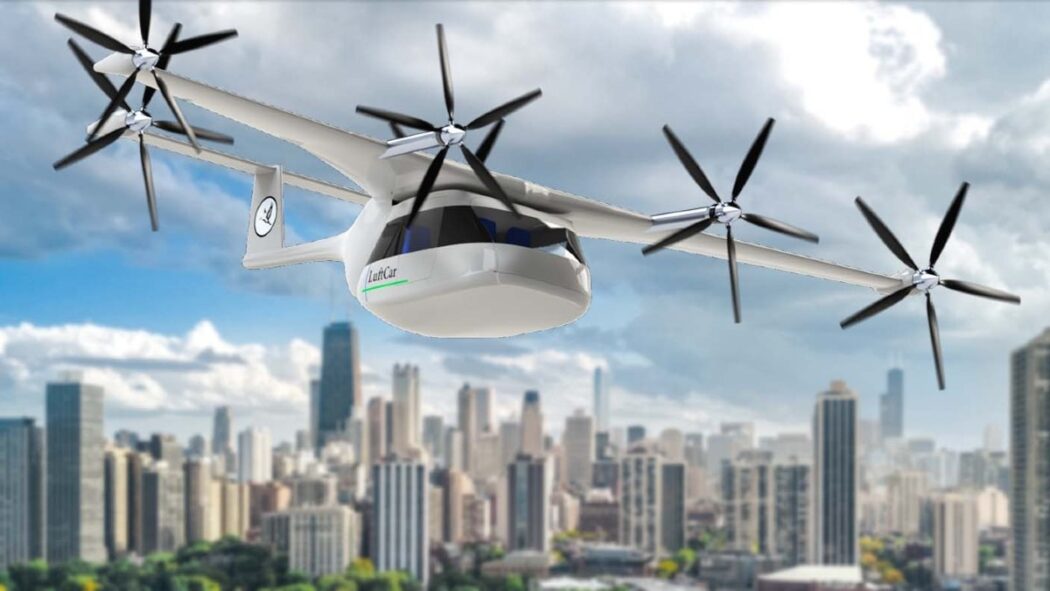
Urban Aeronautics CityHawk The CityHawk utilizes Fancraft technology, featuring enclosed rotors and guiding vanes instead of a multi-copter configuration. Designed for urban environments, it can navigate around skyscrapers and land on rooftops, fitting into a parking space. This four-passenger autonomous eVTOL is set for prototype flights next year, with deliveries expected by 2029.
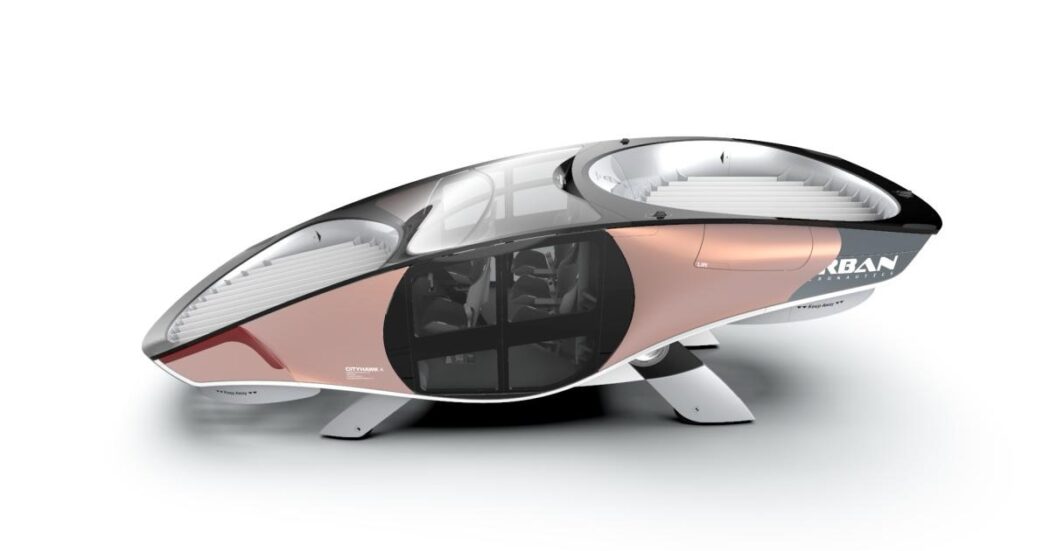
Alaka’i Technologies SkaiCab The SkaiCab uses a hydrogen fuel cell to power six electric motors, with rotors spinning at lower RPMs to minimize noise. “Extending private aviation across larger urban areas is a perfect application for eVTOLs,” says Bill Spellane, COO of Alaka’i Technologies. The SkaiCab, accommodating five passengers, will have a payload capacity of 1,000 pounds, a top speed of 115 mph, and a range of 150 miles. Alaka’i claims a flight duration of up to four hours, with liquid hydrogen refueling taking less than 10 minutes. BMW Designworks designed the interior with ergonomics and contemporary style in mind, though no certification timeline has been provided.
